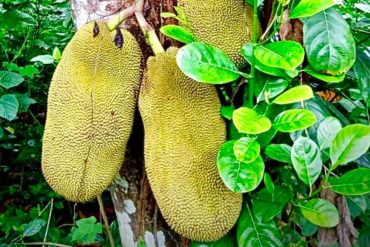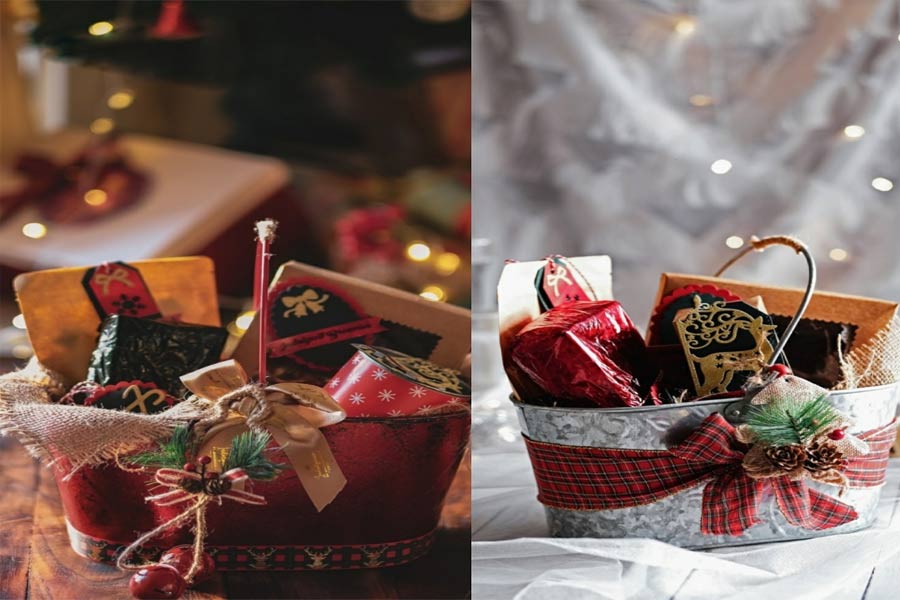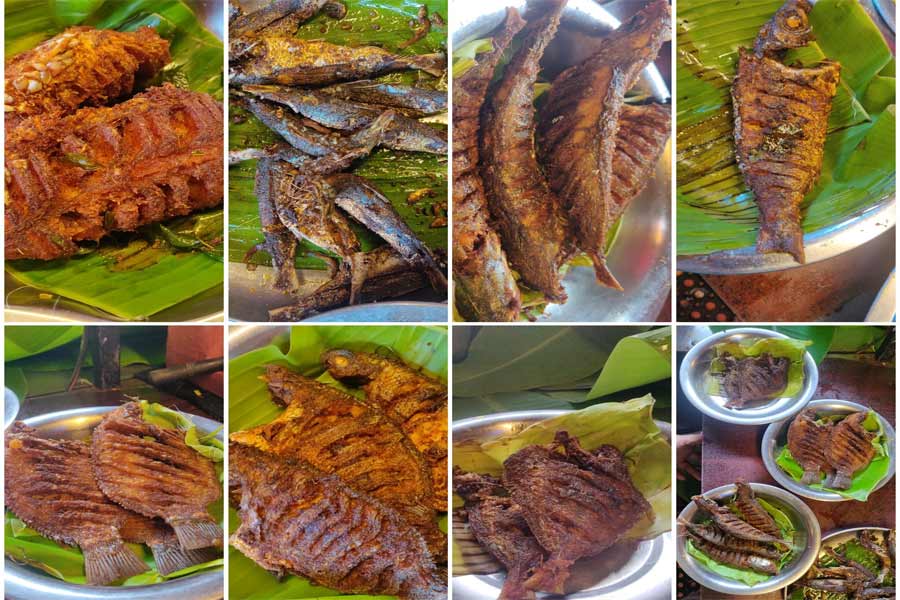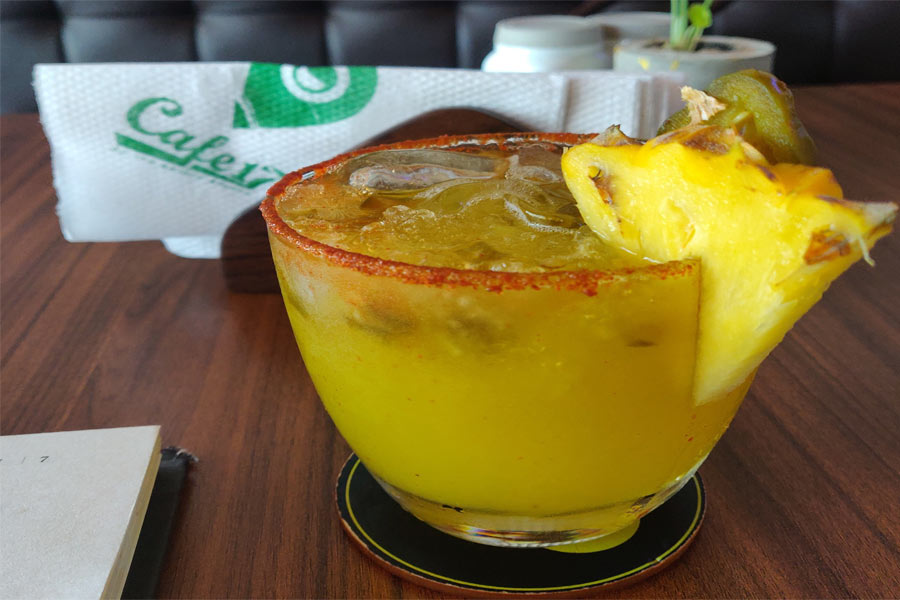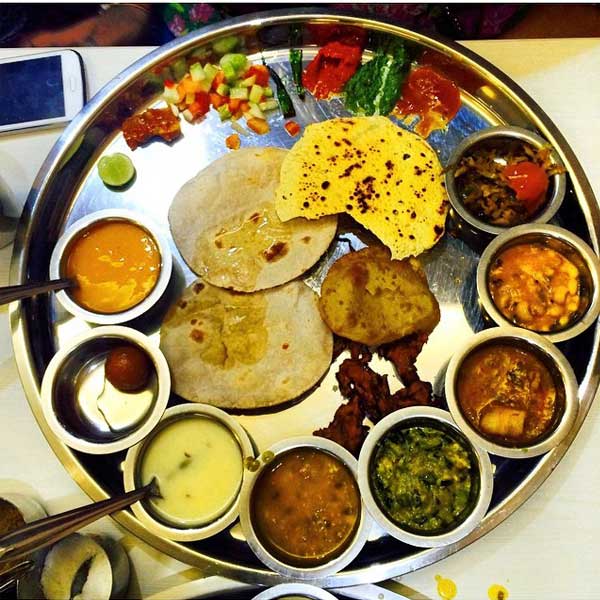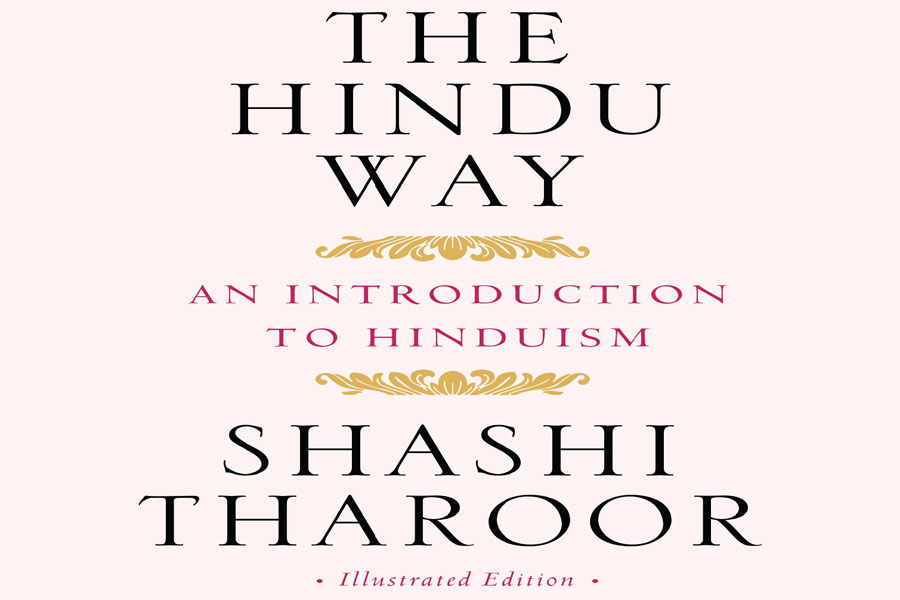When I came to Navi Mumbai 13 years ago, I couldn’t help feeling lost. Leaving Bengaluru wasn’t easy. It meant leaving close family members, friends, a huge spacious home, wonderful weather, and last but not the least, my favorite restaurants.
When I came here, I had hoped this city would embrace me and make me feel at home. Back then in 2006, Navi Mumbai was in the process of growing and didn’t have many places to dine out. There were a few restaurants that we frequented but being foodies, we decided to explore more; so Mumbai was the obvious destination.
Navigating through the streets of this big city in search of gastronomical delights, we soon realized that the city has so much to offer in terms of cuisines from different regions. But again, it depends on the mood as to what one would want to eat on a particular day. Like chaat, the city’s all-time favorite street food. I got so hooked I was gorging on it every week without a care in the world. I just couldn’t get enough of it.
I had also read somewhere about the Gujarati thali but hadn’t tried that. When I mentioned about this vegetarian fare to my family, they were reluctant to accompany me for they are hardcore non-vegetarians. But I had made up my mind and it didn’t take me too long to convince them to be a part of my foodventure.
I discovered this quaint place called Rajdhani, a Gujarati/Rajasthani restaurant in the suburbs of the city. What struck me about the place was the large crowd waiting outside for their turn. I soon found out that one had to arrive early to avoid the queue, as it is the case with most other popular eateries anywhere in Mumbai. The place looked warm and festive with folk music playing in the background. The servers, in their colorful attire, greeted us as though we were VIP guests. There were beautiful copper thalis (plates) placed on each table. A thali is a big platter with an assortment of small bowls arranged on it. The concept of thali is ancient and every region in India has its own version.
Once we were seated at our table, I surveyed the place and was taken aback by the servers lining up immediately to serve us. No waiting at all. The aromatic pickles came first followed by sweet and spicy chutneys, both green and red. Being a pickle fan, I savored each one of them trying to figure out the ingredients when the next server arrived with assorted offerings. He served us farsans, dhoklas and mini samosas filled with potatoes and green peas. I must say those starters, when dipped into chutneys, were very spicy, but mouthwateringly flavorful.
It is a part of their tradition to mention the name of the dishes as they are served to their guests. That was quite helpful for first-timers like us. As we were digging into the starters, another bearer came to our table with sabzis, daal and kadi. The vegetable dishes are seasonal, but the thali structure remains more or less the same throughout the year.
That day, on the platter, we had aaloo rasila (potato in thin gravy), methi nu shaak (fenugreek leaves sabzi), a paneer mattar sabzi, bhindi fry, a mixed lentils sabzi and dal baati churma, a Rajasthani specialty (deep-fried wheat balls crumbled and dipped in a spicy mix of lentils, topped by ghee and jaggery). Most of the vegetables were stir-fried or boiled. The sabzis had a delicate flavouring of the individual spices distinctly different from the over-powering, all-in-one garam masalas.
I must mention that a Thali is incomplete without khatti meethi (sweet) daal and Gujarati kadi. I admit these two dishes didn’t appeal to me the first time. Why a daal should be sweet, I thought. Little did I realize that many years later I would develop a taste for the same sweet daal and kadi and even get around to preparing it at home.
Coming back to my thali, after the sabzis and daals were served, came the piping hot phulkas (rotis, or ‘rotlis’ as they call it), methi pooris and bhakris (baajra rotis). And of course, who could resist the pooran poli with a dash of ghee on it? As we relished all this wondering what next, the sweet dishes arrived; hot jalebis with rabdi and walnut halwa. I don’t know about my family, but I was in seventh heaven. The sweet dishes keep changing on the menu everyday depending on the availability of the ingredients.
Of course, in between, there were other ‘specials’ like chaas (buttermilk, with unlimited refills!) and papad, a constant feature. In rice, they have options like plain rice, pulao or khichdi. So, it is one big meal with a mix of contrasting flavours and textures.
The best feature of the thali is that the food is not oily or drowned in masalas. It feels close to home-cooked food. The variety did leave me full though. It reminded me of the Kerala sadya in many ways with so many flavours bursting in my mouth, with every bite.
After the meal, while exiting, we noticed a bell at the door. Turns out, if you are happy with the food, you could show your appreciation by ringing it. Which is exactly what we did, to a loud, collective response of “Aavjo!” from the servers. It meant “come soon”. Needless to say, we have returned a countless times drawn to that unforgettable feast.
Pic: Representative image of a Gujarati Thali

